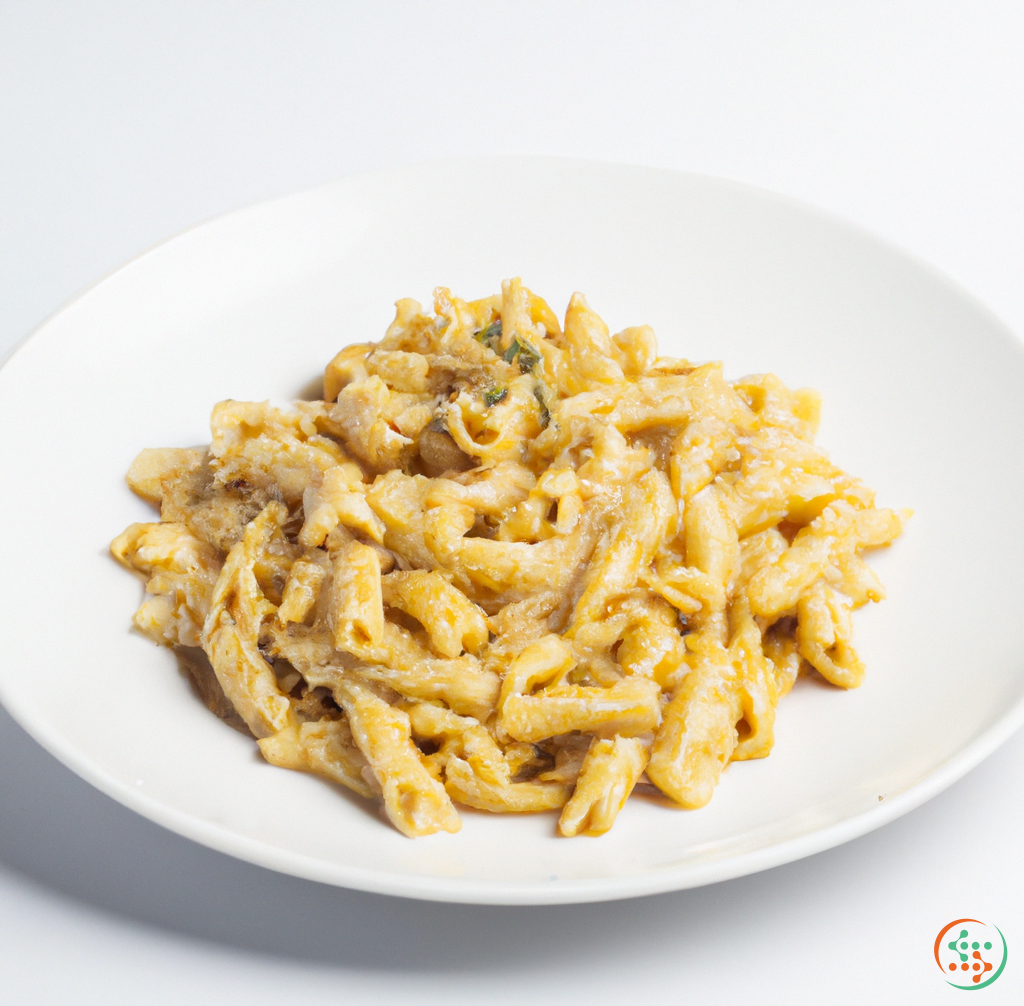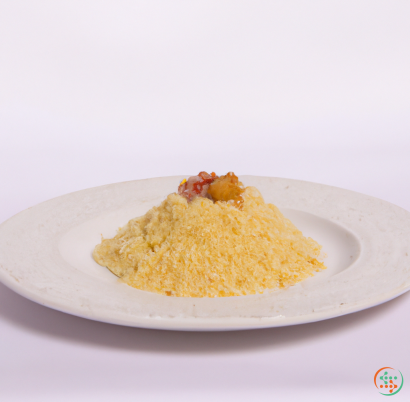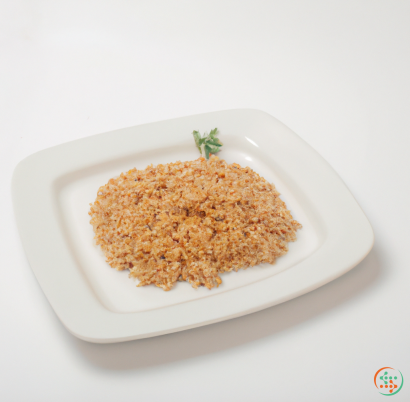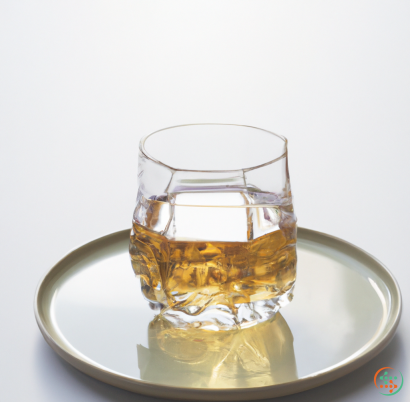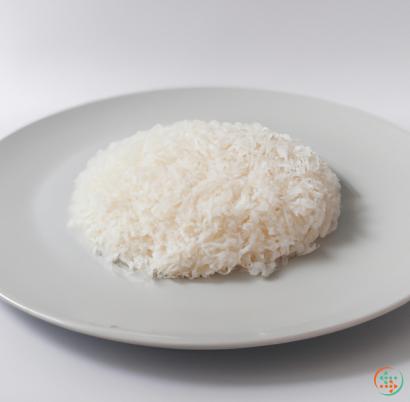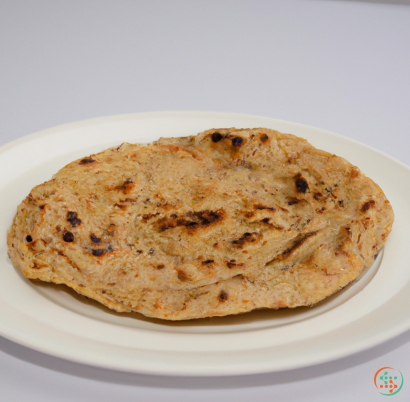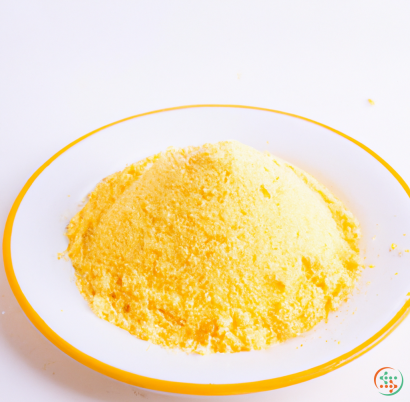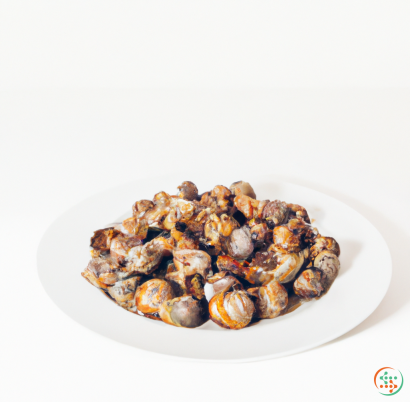Pasta
and all about it
What is Pasta?
Pasta is a type of noodle made from an unleavened dough of durum wheat flour mixed with water and/or eggs. This type of noodle is typically boiled and served in dishes such as lasagna and spaghetti. There are many varieties of pasta in different shapes and sizes, created to match the array of ingredients that can accompany them. Pasta has been a staple food in Italian cuisine since the 14th century, when it was first documented. It is now eaten worldwide, both alone and as part of a range of dishes.
The word ‘Pasta’ comes from the Italian verb ‘mangiare’, which means ‘to eat’. The earliest recorded evidence of pasta being made and eaten dates back to the 4th century BC. Back then it was known as ‘lagane’, a type of flat, wide noodle made by hand.
In this modern day, there are dozens of types of pasta available. Durum wheat is the preferred flour for making pasta, because its proteins and gluten (a combination of two proteins) give the dough the necessary strength and consistency to form different shapes.
Types of Pasta
Different types of pasta are created by shaping the dough into a variety of shapes. Some of the most common types are Penne, Spaghetti, Fettucine, Macaroni and Conchiglie.
Penne is short and tubular, with ridges. It can be prepared with meat, vegetables, creamy sauces, and vegetables.
Spaghetti is long, round strands of pasta which is great to combine with sauces, vegetables, seafood and cheeses.
Fettuccine is also long and also round, but even wider than spaghetti. Fettucine is often served with a cream or butter sauce, or with a vegetable or seafood dish.
Macaroni is elbow-shaped and can be used in a wide range of dishes, from baking recipes to creamy sauces.
Conchiglie are spiral-shaped hollow shells perfect to combine with heavier sauces like Bolognese or those containing minced meat.
Lasagna is flat sheets which are layered with sauces, vegetables, and cheese, then baked until golden.
Health Benefits
The principal ingredients of pasta – durum wheat flour and water – make it a good source of carbohydrates, which are essential for fuelling the body with energy. It also provides protein, minerals and vitamins including niacin, riboflavin and thiamine. These vitamins are important for processes like cellular respiration, which helps to convert glucose into energy.
When combined with other nutrient-rich ingredients, like vegetables, pasta can become an even healthier meal. Studies have shown that eating pasta can lower cholesterol levels, reduce the risk of heart disease, and help to regulate blood sugar levels. It is also low in fat and calories, making it a suitable option for those watching their weight.
Cooking Pasta
Cooking pasta is a straightforward process that can be done in just a few simple steps. First, bring a pot of salted water to a boil on the stove. When the water has boiled, add the pasta to the pot and stir continuously for a few minutes, then reduce the heat and let the pasta simmer until it has cooked through. Drain the cooked pasta in a colander and rinse in cold water for a few seconds, then toss with your favourite sauce or ingredients. As an alternative, some people prefer to bake their pasta dishes in the oven.
Conclusion
Pasta is an incredibly versatile ingredient that can be enjoyed any day of the week. It is packed with vitamins, minerals and carbohydrates and can be prepared quickly and easily. With dozens of shapes, sizes and flavors available, there is something to please every palate. Once you understand the basics of making pasta, you can start to get creative with your recipes and create unique dishes tailored to your own personal tastes.
How Pasta Journeys from Production to Your Dinner Plate
Any well-crafted dish starts with the ingredients, and pasta is no exception. If you’ve ever had the pleasure of indulging in a pasta dish, you can appreciate the wonders of the individual ingredients that make the dish possible. From the wheat and durum flour used in its making, to the eggs and water that bind the dough, each component of a pasta dish is intricately woven into the tapestry of flavor. In this article, we take a look at how pasta is made and travels to your dinner plate.
The Raw Materials: From Harvest to Milling
Back before the ingredients of your favorite Italian dish were ready to be cooked, they underwent quite an adventure. Let’s start with the milled wheat to make the dough. The wheat used to produce pasta is most commonly durum wheat, which is known for its high content of gluten and protein. The durum wheat is harvested and then sent to a mill to be processed into semolina grains, an intermediary stage between grain and flour. These semolina grains are then ground down into a flour that is refined and free of impurities. Because durum wheat offers such a high amount of proteins and gluten, it is especially well-suited for pasta production.
Making the Dough: A Blending of Ingredients
Once the refined flour has been obtained, the process of pasta production begins. This magical part of the process is where the dough is made! Water and eggs from chickens (which are fed the same durum wheat) are combined in varying proportions with the refined wheat flour. This mixture is kneaded and pressed through heavy steel molds, which produce the desired shape of the pasta.
The Cutting: From Dough to Noodles
Once the dough has been placed in molds, the pasta is then cut into the desired shape. Usually, very sharp knives are used to cut the dough, and depending on the type of pasta being created, it is then spread out large hooks or pressed into dies to further shape it. Special machines, called extruders, are also sometimes used to press the dough through dies and cut it into noodles.
The Final Touches
Once the pasta has been cut into the desired shape, the different types of pasta require different treatments. Lasagna noodles, for example, need to be rolled. For this process, the noodles must be fed through press rollers and cut into more individualized rectangular noodles. Once the lasagna is cut, it must be dried which hardens and stabilizes it for cooking. On the other hand, for spaghetti, the noodles must be boiled in water for a short time. This process hardens and shapes the noodles into their distinguished classic form.
Transporting the Pasta
Once the pasta has gone through the various cutting, shaping, and drying processes, it needs to be packaged, transported and stored before it can reach your dinner plate. Packaging varies based on the type of pasta, with dry pasta often being stored in sealed and airtight bags. Wet pasta must also be packaged in plastic containers and sealed tight to keep it fresh.
Once the pasta has been appropriately packaged, it can then be transported, usually by truck, to grocery stores and restaurants. Dry pasta can typically be stored for up to 18 months and wet pasta for up to a month, so having a fast and reliable means of transport is important.
The Journey Ends on Your Plate
We have now successfully followed the pasta from the wheat and durum flour used in production, to the eggs and water that bind the dough, to the packaging, transport, and storage before it is ready to go. Once the pasta reaches its destination, all that is left to do is to cook and enjoy the fruits of its labor.
Rigatoni, penne, spaghetti, lasagna — all of these products were, at one time, nothing more than flour, eggs, and water before going through the complex process of pasta production. This final journey ends on your plate, as your favorite Italian dish comes to life before your eyes.
| Vitamin E | 0.06 mg | |
| Vitamin B1 | 0.02 mg | |
| Vitamin B2 | 0.02 mg | |
| Vitamin B3 | 0.4 mg | |
| Vitamin B4 | 0.0064 grams | |
| Vitamin B5 | 0.11 mg | |
| Vitamin B6 | 0.05 mg | |
| Vitamin B9 | 0.007 mg |
| Calcium | 0.007 grams |
Daily Value 1.3 g
|
| Iron | 0.5 mg |
Daily Value 0.018 g
|
| Magnesium | 0.018 grams |
Daily Value 0.4 g
|
| Phosphorus | 0.058 grams |
Daily Value 1.25 g
|
| Potassium | 0.044 grams |
Daily Value 4.7 g
|
| Sodium | 0.001 grams |
Daily Value 2.3 g
|
| Zinc | 0.51 mg |
Daily Value 0.011 g
|
| Copper | 0.1 mg |
Daily Value 0.9 mg
|
| Manganese | 0.32 mg |
Daily Value 0.0023 g
|
| Selenium | 0.0264 mg |
Daily Value 0.055 mg
|
| Tryptophan | 0.083 grams | |
| Threonine | 0.206 grams | |
| Isoleucine | 0.228 grams | |
| Leucine | 0.44 grams | |
| Lysine | 0.133 grams | |
| Methionine | 0.065 grams | |
| Cystine | 0.113 grams | |
| Phenylalanine | 0.297 grams | |
| Tyrosine | 0.108 grams | |
| Valine | 0.262 grams | |
| Arginine | 0.211 grams | |
| Histidine | 0.132 grams | |
| Alanine | 0.195 grams | |
| Aspartic Acid | 0.278 grams | |
| Glutamic Acid | 2.046 grams | |
| Glycine | 0.196 grams | |
| Proline | 0.698 grams | |
| Serine | 0.275 grams |
| Glucose | 0.04 grams |
|
| Fructose | 0.03 grams |
|
| Sucrose | 0.09 grams |
|
| Maltose | 0.4 grams |
|
| Total Sugars | 0.6 grams |
per 100g
|
| Lauric acid (12:0) | 0.01 grams |
|
| Myristic acid (14:0) | 0.01 grams |
|
| Palmitic acid (16:0) | 0.15 grams |
|
| Stearic acid (18:0) | 0.01 grams |
|
| Total Saturated fatty acids: | 0.18 g | |
| Oleic acid (18:1) | 0.13 grams |
|
| Total Monounsaturated fatty acids: | 0.13 g | |
| Omega-3 Alpha-linolenic acid (18:3) | 0.02 grams |
|
| Linolenic acid (18:3) | 0.02 grams |
|
| Linoleic acid (18:2) | 0.3 grams |
|
| Total Polyunsaturated fatty acids: | 0.34 g | |
